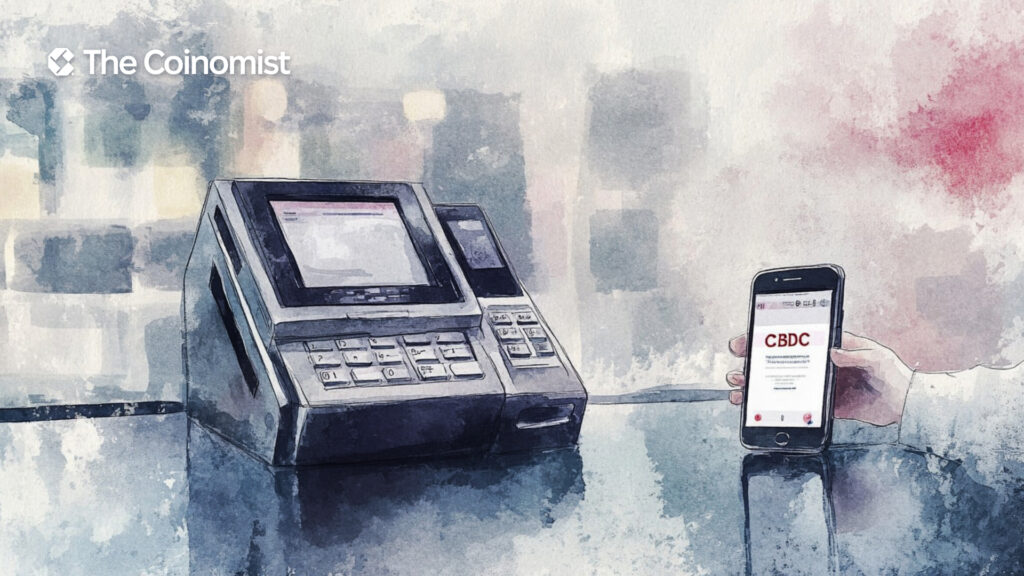How to Scale a Crypto Exchange and Attract More Users Globally

Imagine you’ve built your own crypto exchange, and now it’s time to scale. You’ll need high-speed infrastructure, deep liquidity, and compliance.
On this page
- Why Scalability Is the Key to a Crypto Exchange’s Success
- Key Infrastructure Components to Scale Cryptocurrency Exchange
- Lightning-Fast Order Matching Engine
- High-Performance Architecture
- Advanced Trading Capabilities and API Access
- How to Build and Maintain Liquidity at Scale
- Internal Liquidity Optimization
- External Liquidity Aggregation
- Liquidity Partners
- Security and Regulatory Compliance
- Institutional-Grade Security
- KYC/AML and Global Regulatory Compliance
- Enabling Global User Growth Through Scalable Operations
- Exceptional Customer Support
- Localized User Experience
- Scalability As a Business Strategy
In 2025, the cryptocurrency market is entering a new phase of maturity. Institutional interest is growing, regulatory frameworks are expanding, and user expectations are approaching the standards of traditional fintech.
In this landscape, understanding how to scale a cryptocurrency exchange is no longer an option—it’s a requirement for survival.

For crypto exchange owners, the question “how to scale a cryptocurrency exchange” isn’t about growth for the sake of growth. Instead, it’s about how to:
- Ensure reliable performance under high traffic
- Attract deep liquidity
- Meet regulatory requirements across different jurisdictions
- Preserve user trust
This is especially critical in the B2B segment, where institutional clients demand zero downtime and minimal risk.
In the following sections, we’ll explore what real scalability means, from infrastructure and liquidity to security, Layer 2 solutions, and a global user experience. Everything your platform needs not just to handle growth, but to lead it.
Why Scalability Is the Key to a Crypto Exchange’s Success
A crypto exchange can attract users through aggressive marketing, launch new tokens, and introduce innovative features. However, if the platform can’t handle high demand, none of it matters. That’s exactly why many new exchanges end up losing users, damaging their reputation, and in some cases, shutting down altogether.
The root causes are often the same:
- Poor infrastructure
- Lack of liquidity
- Security weaknesses
Add regulatory pressure and fierce competition to the mix, and the reality becomes clear: it’s not the fastest exchange that survives—it’s the one that scales the smartest.
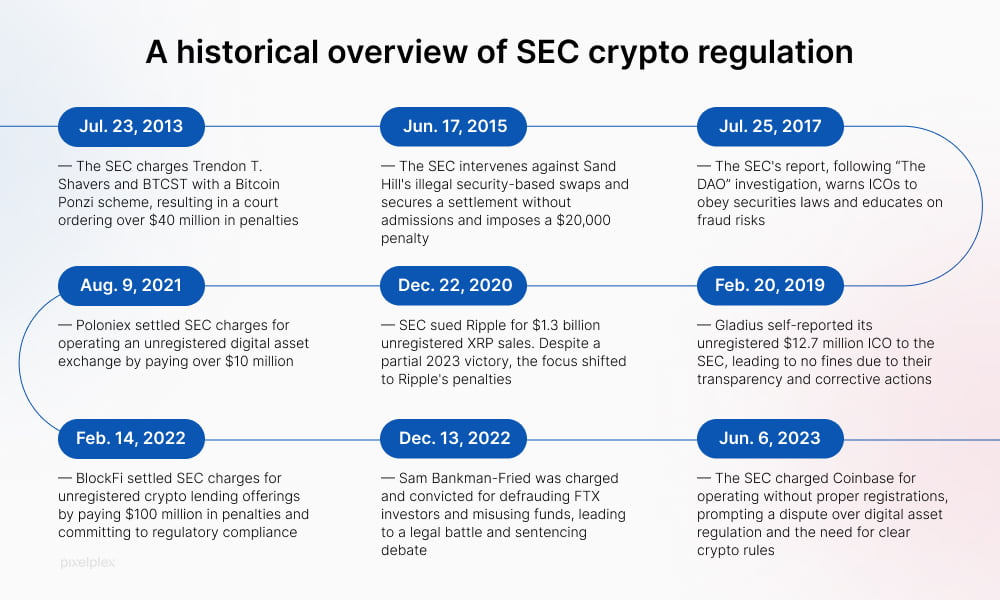
Scalability directly influences how users and partners perceive an exchange.
- Professional traders won’t stick around if orders are delayed.
- Market makers won’t provide liquidity to an exchange with a fragmented order book.
- Institutional players won’t engage with platforms that lack strong compliance or DDoS protection.
The industry’s past failures make it clear: exchanges that weren’t prepared for growth collapsed during hype cycles, crashed under traffic surges, lost assets to hacks, or faced regulatory shutdowns.
Many started with bold ambitions but never made it past the first wave of scaling.
That’s why the key question for founders and teams isn’t “How do we attract traffic?” It’s “How to scale a cryptocurrency exchange so that growth becomes an advantage, not a threat?”
Related: 8 Commandments for Crypto Exchange Users
Key Infrastructure Components to Scale Cryptocurrency Exchange
Scalability begins with solid architecture. In 2025, exchanges must handle peak loads, deliver lightning-fast order execution, and minimize downtime to stay competitive in the crypto industry.
To grow without compromising performance, exchanges need to implement:
- Cloud-based infrastructure (e.g., AWS, GCP)
- Microservices-based architecture
- Automated scaling
However, fast hosting alone isn't enough. The core of any exchange is its trading engine, the component responsible for the speed and accuracy of order execution.
For B2B clients and low-latency traders (LTF), it’s critical that response times stay below 500 microseconds and that the system can process tens of thousands of operations per second.
Without this level of performance, a platform simply won’t reach Tier 1 status.
Lightning-Fast Order Matching Engine
The matching engine is the core component of any cryptocurrency exchange. It’s responsible for processing and executing trades. Traders place buy and sell orders, and the engine matches them with speed and precision.
If the engine lags, users won’t stick around. They’ll switch to a platform that offers near-instant execution.
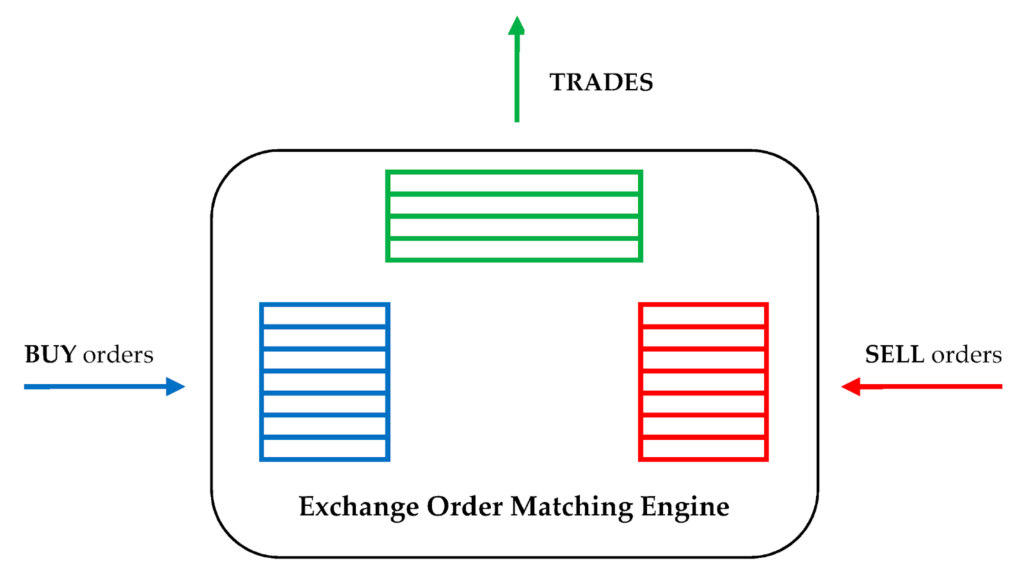
Today’s leading exchanges target latencies under 500 microseconds per order and throughput of over 100,000 transactions per second. These performance benchmarks are critical for handling spikes in trading activity without disruption. Moreover, they offer a clear competitive advantage over slower, less scalable platforms.
Ultimately, the strength of the matching engine determines whether an exchange can compete at the top tier.
High-Performance Architecture
Robust architecture is the foundation of any scalable crypto exchange. Without it, maintaining stability becomes impossible as user numbers, order volume, and trading activity grow.
Migrating to cloud infrastructure (such as AWS, Google Cloud Platform, or Azure) provides the flexibility, automated scaling, and failover protection.

Modern exchanges use a microservices approach and distributed architecture to isolate critical operations, from order processing to user verification.
This reduces system strain, minimizes downtime risk, and helps achieve high availability (at least 99.9%). As a result, you get a fast, reliable, and scalable platform ready for growth.
Advanced Trading Capabilities and API Access
To attract experienced traders and institutional clients, basic functionality isn’t enough.
A competitive exchange must offer advanced trading features such as:
Another key differentiator is the speed of token integration. Top-tier exchanges can list new assets within 1–3 days and complete full blockchain integrations in just a few weeks.
For B2B clients, robust API access is critical. Fast, reliable APIs enable high-frequency trading, seamless integration with third-party services, and easy embedding into enterprise infrastructures.
How to Build and Maintain Liquidity at Scale
Without liquidity, an exchange can’t survive. Even with robust infrastructure and advanced features, a shallow order book leads to slippage, wide spreads, and trader attrition.
That’s why a well-designed liquidity strategy isn’t a secondary task but a foundational priority.
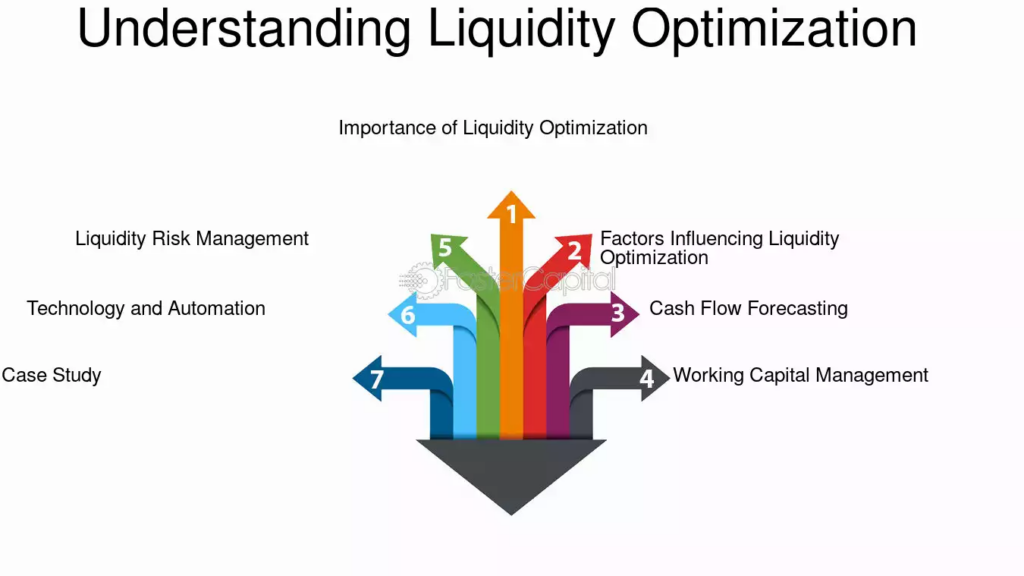
To scale successfully, an exchange must combine internal mechanisms (such as algorithmic market making) with external sources (like cross-exchange aggregation, OTC desks, and partner liquidity pools).
This hybrid approach is the only way to maintain healthy volumes, tight spreads, and long-term trader engagement.
Internal Liquidity Optimization
Building liquidity starts with internal mechanisms. And one of the most critical is algorithmic market making.
It helps to:
- Maintain a consistent presence of orders in the book
- Tighten spreads
- Ensure stable trading conditions
This strategy is especially important in the early stages, before connecting external liquidity sources. As a result, an internal market maker reduces slippage and builds trust among initial traders.
Moreover, tight spreads and predictable order execution lay the foundation for long-term confidence in the platform.
External Liquidity Aggregation
Scaling to the next level requires tapping into external liquidity sources. This involves connecting to major exchanges like Binance, OKX, and Bybit, as well as integrating with liquidity aggregators that consolidate order flows into a single, unified order book.
This approach allows exchanges to instantly boost trading volumes and offer competitive pricing, without the need to build deep liquidity manually. Furthermore, OTC desks help handle large trades without impacting the market, which is especially important for institutional clients.
Related: P2P and OTC Trades: Key Trading Nuances to Know
Liquidity Partners
Another effective way to scale is through liquidity partnerships. This involves sharing order books with other platforms or collaborating with professional market makers. Such partnerships enable an exchange to instantly expand its available asset pool and attract new users by offering a wider range of trading pairs.
In addition, strategic alliances with DeFi protocols, cross-chain platforms, or marketplaces can significantly increase market reach and unlock new liquidity channels.
However, success depends on selecting partners with a strong reputation, robust infrastructure, and transparent terms.
Related: How to Use Order Book When Trading?
Security and Regulatory Compliance
As a crypto exchange scales, it becomes more visible—not just to traders, but also to hackers, regulators, and competitors.
The larger the trading volume, the higher the stakes. A single data leak, security breach, or compliance failure can erode trust and stall growth for years.
That’s why security and regulatory compliance aren’t finishing touches but the foundation of any scalable exchange. Without them, expanding into new regions, entering the B2B space, or appealing to institutional clients becomes impossible.
Ultimately, only platforms with robust security and clear compliance can build for long-term success.
Institutional-Grade Security
A scalable crypto exchange must go beyond basic protection. It needs to meet the rigorous standards of institutional clients. That means implementing multi-layered security across assets, data, and operations.
The first requirement is secure asset storage. Exchanges should keep the majority of funds in cold wallets with multisig authorization or MPC (Multi-Party Computation) technology. This eliminates single points of failure and protects against hot wallet compromises.
The next layer involves defending against external threats. DDoS attacks can hit even large platforms, so it's critical to use infrastructure with automated load balancing and fault-tolerant nodes. Regular, independent audits of the platform’s code and architecture help identify vulnerabilities before attackers can exploit them.
Moreover, modern exchanges are adopting AI-powered monitoring systems that track suspicious activity, analyze user behavior, and detect potential threats in real time.
Related: Crypto Exchange Hacks: The Methods Hackers Use and Self-Protection
KYC/AML and Global Regulatory Compliance
Regulatory compliance remains one of the toughest challenges when scaling a crypto exchange. Every new jurisdiction has its own set of requirements, from KYC and AML rules to licensing and data protection standards.
Without full compliance, an exchange risks sanctions, service bans, or even criminal liability.
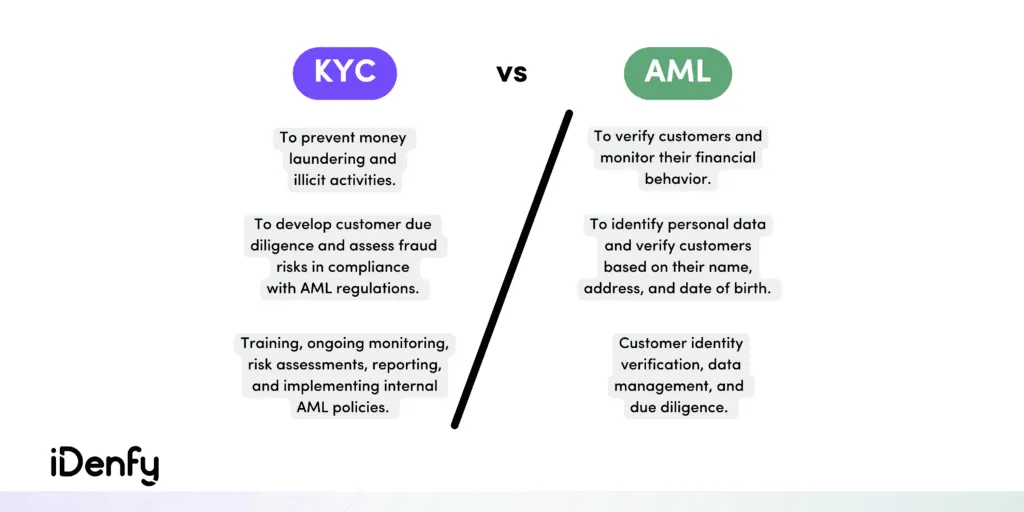
Modern technology allows exchanges to automate identity verification and risk monitoring.
AI-powered platforms for KYC and KYT checks help:
- Speed up onboarding
- Ease the workload on compliance teams
- Improve the accuracy of risk assessments.
This is especially crucial when serving a global user base.
To expand into new markets quickly, many exchanges now rely on “Compliance-as-a-Service” solutions—prebuilt legal and technical modules tailored to crypto-friendly jurisdictions like the UAE, Singapore, and Switzerland. As a result, this approach enables fast, legal, and low-friction scaling.
Related: What Is the KYC Procedure and Why Is It Needed?
Enabling Global User Growth Through Scalable Operations
Scaling infrastructure and liquidity is only part of the challenge. The other essential piece is building operations that support real users around the world by providing:
- Fast and reliable service
- Localized user interface
- Responsive customer support
Without these elements, an exchange might attract traffic, but it won’t be able to retain its global user base.
Exceptional Customer Support
When a crypto exchange enters the global market, the volume of user inquiries grows exponentially. Without scalable support, the platform can quickly become overwhelmed with tickets and lose user trust.
The answer is automation:
- chatbots
- a detailed knowledge base
- ticketing systems
- integrated CRM tools
These solutions enable support teams to handle hundreds of requests at once.
However, speed isn’t enough—accuracy is equally important. Large-scale user verification must be both fast and reliable, minimizing manual intervention while staying compliant with regulatory requirements.
In addition, exchanges can ease the pressure on support teams by educating users. Regular guides, articles, and security notifications help prevent errors and reduce the number of support requests.
Related: Hackers Target Centralized Exchanges, Immunefi Reports
Localized User Experience
Global expansion isn’t possible without localization. Users want to trade in their own currency, in their native language, and through familiar payment methods. Integrating fiat gateways tailored to specific regions is essential for onboarding a mainstream audience. The more intuitive and familiar the entry point, the higher the conversion rate and trust.
Another key factor is the user interface. Multilingual platform versions, localized customer support, and region-specific marketing content help the exchange connect with users, both linguistically and culturally.
In addition, forming local partnerships with banks, payment providers, and media outlets helps the platform adapt to market-specific expectations and regulatory requirements.
Scalability As a Business Strategy
Scalability isn’t just about rapid growth; it’s also about staying resilient when the pressure is on.
Without understanding how to scale a cryptocurrency exchange, you risk eventually breaking under traffic spikes, regulatory demands, or user expectations.
In addition, sustainable growth requires a structured strategy, powerful infrastructure, reliable liquidity, airtight security, and the agility to serve a global audience. These elements need to be built into the business from the very beginning. Otherwise, the exchange risks playing catch-up when a crisis hits.
The content on The Coinomist is for informational purposes only and should not be interpreted as financial advice. While we strive to provide accurate and up-to-date information, we do not guarantee the accuracy, completeness, or reliability of any content. Neither we accept liability for any errors or omissions in the information provided or for any financial losses incurred as a result of relying on this information. Actions based on this content are at your own risk. Always do your own research and consult a professional. See our Terms, Privacy Policy, and Disclaimers for more details.






